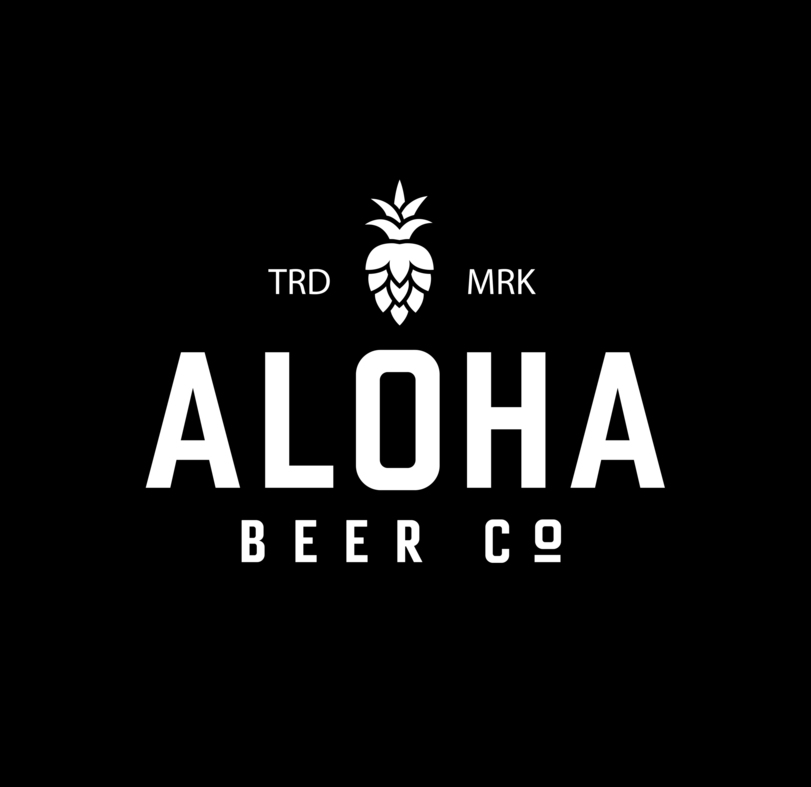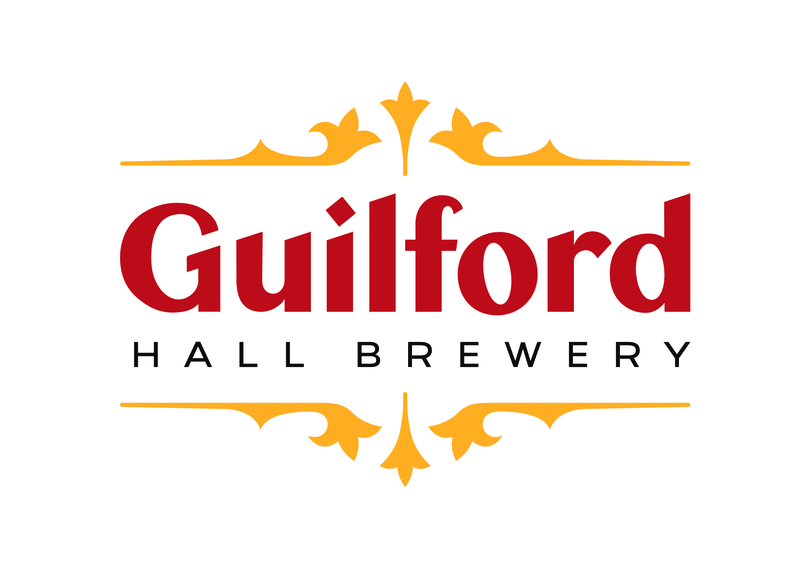Five Retailers You Should Know — And Work With

The grocery industry is big. Over $1 trillion a year. And complex: wholesalers, brokers, trade spend, inventory management, EDLPs. On the one hand, there are a small handful of mega chains that monopolize over 60% of grocery sales. On the other hand, there are thousands of grocers that a brand can work with. So where do you start?
In my travels, I make it a point to stop into as many grocery stores as I can. During my Whole Foods days, I visited 50-100 of our stores a year, plus dozens of competitors. In my freelance era, even more so. I love grocery. You never know what you will see, find, experience. Here are a handful of my recent faves from around these United States.
Mom’s Organic Market. I love these stores. They are small and convenient, they smell like incense and bran muffins, and their prices are surprisingly reasonable. They have an “all hands” labor model like Trader Joe’s where any staff can manage the checkout, but without the silly flower shirts. They keep their prices down by having small-footprint, no-frills stores with no full-service areas and a low cost-plus with their wholesalers.
They can open a store in Whole Foods’ parking lot and both competitors can do fine. They prioritize organic (obviously), and local and innovative products. I always find the weirdest shit at Mom’s, like garlic salted walnuts, pili nut yogurt and local organic baby purple cauliflower from the agricultural heartland of southeast Pennsylvania (for real, local PA produce rocks). They also sell lots of regular, basic stuff that we all need and love, like cereal, pizza, fresh fruits and vegetables and ice cream. Mom’s rules.
Redner’s. Redner’s is an employee-owned conventional grocer in the Philadelphia and Reading, Penn., metro areas (pronounced red-ing). Redner’s is my jawn. They have an old-school, store-within-a-store natural and organic section which is half the size of Wegmans but carries almost as many items (no disrespect to Wegmans. I love Wegmans, but sometimes I don’t have time to run a half-marathon to find three items).
Redner’s carries a broad assortment of normie, conventional and basic items, from frozen entrees, to canned goods and plenty of value-priced private label. Their merchandising is done on warehouse-style racking, and the sets are tight and clean. They sell plenty of local items and their snack selection is top notch. Redner’s FTW.
Zuppardo’s. On the outskirts of Metairie, somewhere between Fat City and the airport, is one of the most fun, cheerful and best merchandised stores in the American south. Zuppardo’s is a family-owned specialty grocer in New Orleans, one of the top six food cities in the country (the other six being New York, metro L.A., Philly, Austin, Las Vegas and Houston. Fight me.).
Zuppardo’s sells plenty of local NOLA specialties, anything Cajun, Creole, or starting with “Zatarain’s”, fish fry, crab boil, gumbo, etouffee, okra, sausages, Gulf shrimp and an extensive selection of alcohol, including several aisles of wine, high end spirits and plenty of beer, both cheap, mass market swill, and local, craft brews that taste like freshly mowed Atchafalaya sawgrass. The store is bright, the crew is friendly and helpful, and they have beautiful full-service meat, poultry and seafood departments that make you feel welcome and at home. Zuppardo’s is worth a stop if you are in town for Mardi Gras or Jazz Fest, but go early — the parking lot is small, and the place gets packed. It is a party at Zuppardo’s.
Sacramento Natural Foods Co-op. When I walked into this co-op in California’s capital city, I was not sure if I was going back in time to when grocery stores were crunchier and felt like they were really owned by the community and not asset managers, or if I had been transported to the future, and what grocery stores will look like if the industry prioritizes quality standards, ethical sourcing, employee well-being and truly excellent merchandising.
The produce was top notch — this is Cali after all — but it sparkled; some of it was so fresh I assume it had been picked and shipped less than 24 hours ago. The center store assortment was natural-and-organic retail perfection. If you were to go to business school and write a thesis on the optimal product mix that balances margin, top-line sales, local and regional specialties, national name brands, EDLP private labels and innovative emerging brands, Sacramento Food Co-op is where it’s at.
The store competes well with corporate grocers like Safeway, Walmart and Target, and eats Whole Foods’ lunch in terms of appealing to the natural, organic and conscious shopper. I always have a bias towards cooperative grocers because they are owned by their community members. But in this case, I can truly, objectively say Sacramental Natural Foods Co-op is a best-in-class operator.
Central Market (HEB/Texas). Central Market is the best high-end-meets-mass-market grocer in the U.S. Central Market is able to leverage its parent company’s best in class cost-plus wholesale contracts, supply chain and logistics efficiencies with world class wines, cheese, and expansive, full-service meat, poultry and seafood cases. And the freshest, best quality and most extensive produce selection in the state of Texas. Just the apple selection alone is worth the trip, especially in the late fall when it seems they have rows upon rows of every apple variety grown in the Western Hemisphere, an apple selection second only to Kazakhstan, ancestral home of the apple (apples: not as American as apple pie).
When I moved to Austin in the pre-Joe Rogan halcyon days of 2005 to open the Whole Foods Lamar store, our two CEOs had to build a bigger, brighter, more extravagant grocery store, with a chocolate fountain, an international food section, a real Texas BBQ pit, and 10,000 square feet of high-shrink produce that hemorrhaged margin and kept the store from being profitable for over 18 months. Over the last two decades, Lamar has been remodeled and re-set dozens of times, and its comparative sales growth has ebbed and flowed as Whole Foods has shifted strategies, leadership, product mix and ownership.
But Central Market is still doing its thing. It executes like no one else. The stores are big, well planogrammed and have both inventory holding power and a merchandising philosophy that prioritizes in stock-ratios over cash-averse, truck to shelf, out of stock bullshit. Central Market holds store-wide thematic events with endcaps, samplings and special exclusive products. They still sell some of the coolest selection of snacks, beverages, oddball Texas local products, specialty chocolates, bulk foods and deli/prepared foods. The prices are high. You will spend silly money. But the quality is top notch, and worth it, because Central Market, like HEB, is partly owned by its employees, so you know that with every purchase you are supporting your cashier or stock clerk’s retirement income and financial security.
How to win at these grocers? Each of these companies has its own category review schedule, its own sales and growth objectives, its own merchandising priorities, its own wholesale contracts. What works at one does not necessarily win at another. The upside of selling into such smaller, more nimble chains is a longer timeframe to prove success and potentially closer relationships with teams that do not turn over as much as more mass market chains.
The downside is the legwork to get going, and the lower ROI for the time and travel invested. But emerging brands go together with indie grocers like corn flakes and vanilla almond milk. Having a more diverse retailer base is anti-fragile and ensures that no one big account can make or break your brand. They are as good a place to start as any.
Errol Schweizer is the author of The Checkout, a subscription-based newsletter on grocery retail. The former Grocery V.P. of Whole Foods, he has worked in food retail & policy for over 25 years, and is now a Board Member, Advisor and Co-Founder.
















